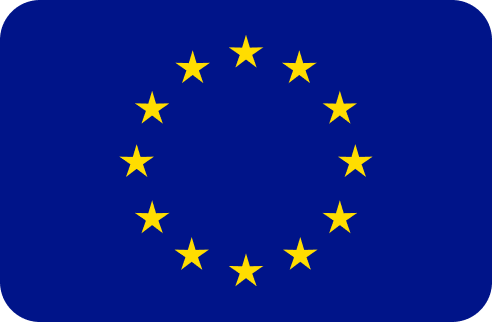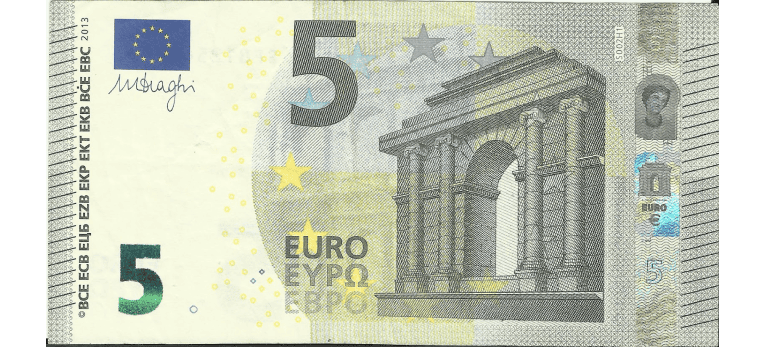Introduce país o moneda de destino:



El euro es oficial en: Alemania, Austria, Bélgica, Chipre, Croacia, Eslovaquia, Eslovenia, España, Estonia, Finlandia, Francia, Grecia, Irlanda, Italia, Letonia, Lituania, Luxemburgo, Malta, Países Bajos, Portugal, Andorra, Vaticano, Kosovo, Mónaco, Montenegro y San Marino.

El euro es la moneda de la Unión Europea y su símbolo es €. Se puso en circulación en 2002 y sustituyó a la peseta o al franco, entre otros. En enero de 1999 remplazó al ECU (European Currency Unit) y se empezó a usar como moneda virtual para pagos no monetarios.

Hay siete denominaciones de billetes de euro: 5, 10, 20, 50, 100, 200 y 500 euros. Son idénticos en todos los países de la eurozona y en ellos aparecen edificios emblemáticos que representan la cultura y la diversidad europeas. Fueron diseñados por Robert Kalina, del OeNB.

Las monedas de euro en circulación son de 1, 2, 5, 10, 20 y 50 céntimos, así como de 1 y 2 euros. Todas comparten el mismo anverso, pero el reverso es nacional e identifica al país emisor. El Banco Central Europeo (BCE) decide el valor total de moneda emitida en cada estado.

346 millones de personas utilizan el euro. La cifra aumentaría si países como Bulgaria o Polonia finalizan su proceso de adhesión a la UE. Esto implica la desaparición de sus monedas, aunque hay una cláusula de exclusión voluntaria para conservarla. Es el caso de Dinamarca.

No todos los países de la eurozona adoptaron el euro como moneda oficial a la vez. España fue de los primeros en incorporarlo, mientras que el último en sustituir su moneda nacional ha sido Croacia en 2023. Actualmente, hay 20 países con el euro como moneda oficial.




*Los billetes y monedas corresponden a la serie emitida más nueva y son de referencia. Pueden variar los colores y pueden existir más diseños de los que se muestran.